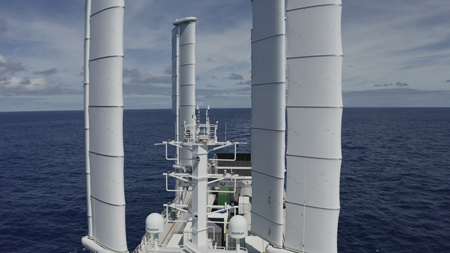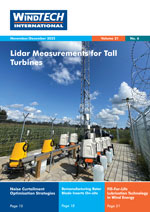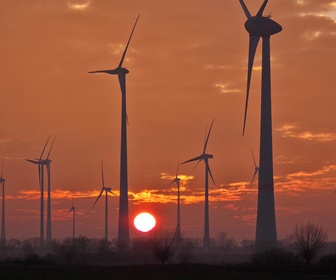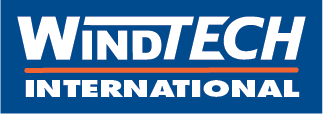Lidar and Ultrasonic Anemometers Enhance Wind Measurement Accuracy and Propulsion Efficiency
 Wind propels innovation not just in power generation but also in other sectors such as maritime transportation. While wind turbines capture the power of air currents to generate electricity, the maritime industry increasingly harnesses wind energy to move ships across the seven seas. With the maritime industry prioritising decarbonisation goals, wind-assisted ship propulsion (WASP) presents a promising approach for reducing vessel emissions. Much like the wind energy industry relies on precise meteorological data for optimal site assessment and turbine efficiency, WASP systems demand accurate and reliable wind measurement for maximum thrust. Recent research indicates a significant evolution in how the industry approaches wind measurement and optimisation, particularly emphasising advanced sensing technologies and data integration strategies. Lidar systems, widely used in wind energy generation to assess potential sites and monitor turbine performance, are now being adapted for use at sea.
Wind propels innovation not just in power generation but also in other sectors such as maritime transportation. While wind turbines capture the power of air currents to generate electricity, the maritime industry increasingly harnesses wind energy to move ships across the seven seas. With the maritime industry prioritising decarbonisation goals, wind-assisted ship propulsion (WASP) presents a promising approach for reducing vessel emissions. Much like the wind energy industry relies on precise meteorological data for optimal site assessment and turbine efficiency, WASP systems demand accurate and reliable wind measurement for maximum thrust. Recent research indicates a significant evolution in how the industry approaches wind measurement and optimisation, particularly emphasising advanced sensing technologies and data integration strategies. Lidar systems, widely used in wind energy generation to assess potential sites and monitor turbine performance, are now being adapted for use at sea.
By Floriane Grussenmeyer, Sales Manager for Maritime, Weather and Environment, Vaisala, France










